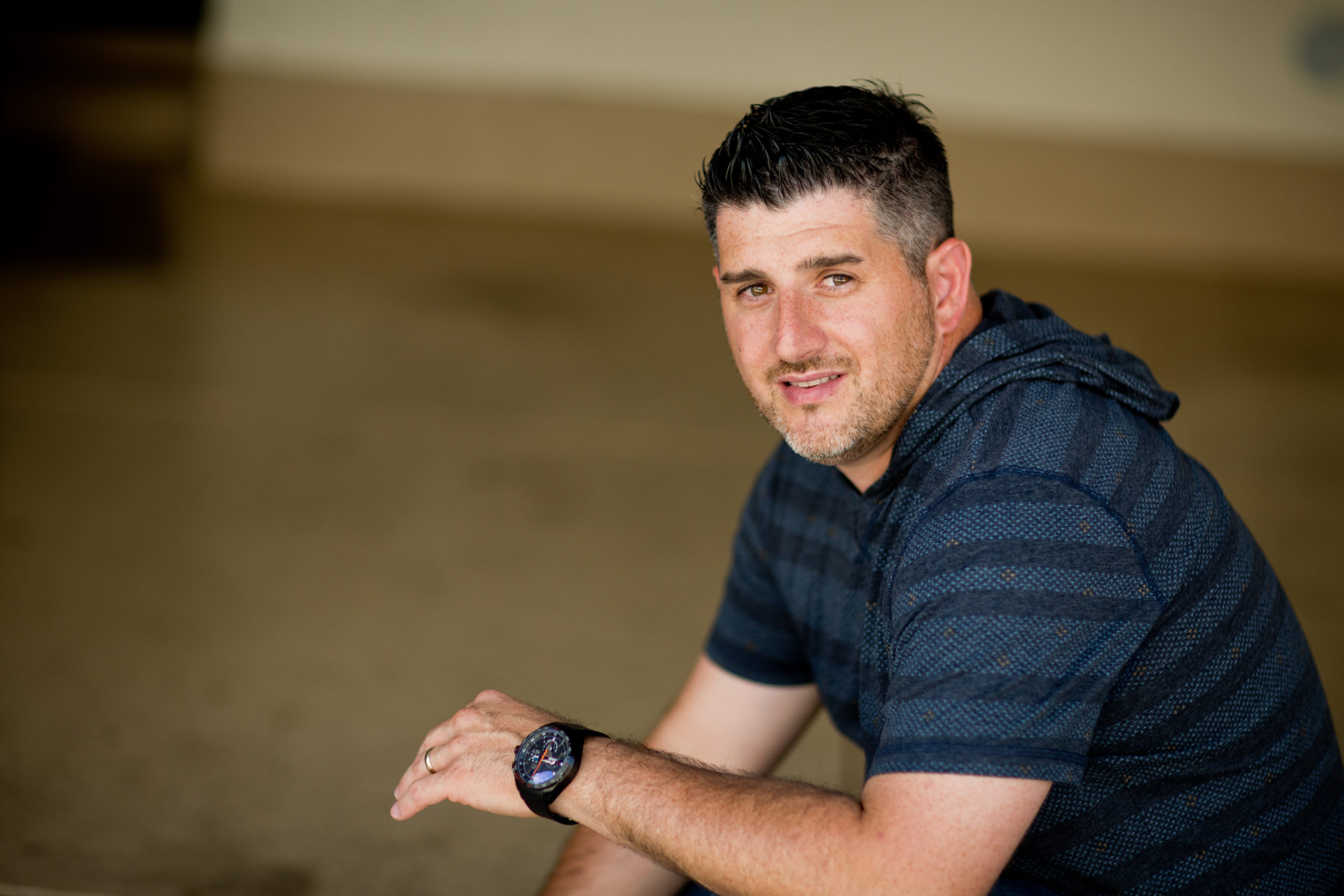Creativity flows in perpetuity. Don’t let anyone tell you otherwise. We all have the ability to exercise our creative muscles. For some, it’s just a matter of overcoming that splintery mental hurdle (I’m not creative…that’s not me…).
Another factor in practicing bona fide creativity? Space. Any creative will tell you how important it is. Find your space, and you’ll be surprised at just how much creativity you unlock.
My passion for defining a creative space inspired me to design my own recording studio to share with other people. Hennessey Studios is opening in early summer; its mission is simple: provide creatives with the space they need to be their best.
Looking to design your own creative space? Here are a couple of tips for the journey.
Define your space
What is your space? There are two parts to this, often interrelated. Your physical location — that happy place that allows you to unleash your inner-creative — and your mental space.
What I realized, particularly during a pandemic-born surge of new podcasts, is that there are a ton of uber-talented people who have valuable content to share with the world, but lack the equipment for A-level productions. In other words — they lack the space.
Finding your space is crucial. Create in a space you enjoy creating in, and suddenly creation becomes easier. Mental roadblocks, time management, and persistence slowly become easier to navigate, because the foundation of your creative process — that is, the space where you incubate, write, podcast, film, think, brainstorm, paint, problem solve, innovate, (insert a million more creative pursuits here) — is set. Cue productivity.
Pair routine with creativity
Here’s where space becomes a wholly mental idea. When you have the tools you need to create and create well, your next objective is to put yourself in a mental state to do so. Find a routine, and stick to it.
Need a starting point? Get out a pen and paper, and begin listing moments where you’ve felt the most creative. Then, deconstruct each of these moments, considering the following:
- What was I creating?
- What was my overall objective?
- Where was I creating?
- Was there anything unique about my space that helped me create?
- How did I create? What was my process like?
Note — this is not easy. We like to downplay the art of reflection. It takes a lot of thought, and a lot of willingness to evaluate your own actions. However, doing this can help you establish a tried-and-true creative routine which, when paired with your physical space, will help you create with ease.
Refuse limitations
Once you’ve successfully found your physical happy place and established a routine that’s prime to help you create, then you’re in a position to refuse limitations. Better yet, reframe them.
Limitation is the antithesis of creativity. And forgoing a creative pursuit because of space or mental hurdles is how limitations overtake our goals. It’s how they seep into frame and command what we do and how we do it.
Refuse limitations where creativity is concerned. If you think better with post-it notes, think with post-it notes. If you scribble on a whiteboard and make sense of it later, scribble away. If you talk to yourself with a recording device in the background, get to it.
Creation isn’t a one-way enterprise. Discovering your process, however…that’s about as one-way as you can get. Find your space, find your routine, and allow your mind to overcome that pesky notion of “It won’t work.”
Doing so opens up an entirely new creative world. One with countless opportunities. One without restraint. One without limitations.
This is a Contributor Post. Opinions expressed here are opinions of the Contributor. Influencive does not endorse or review brands mentioned; does not and cannot investigate relationships with brands, products, and people mentioned and is up to the Contributor to disclose. Contributors, amongst other accounts and articles may be professional fee-based.

